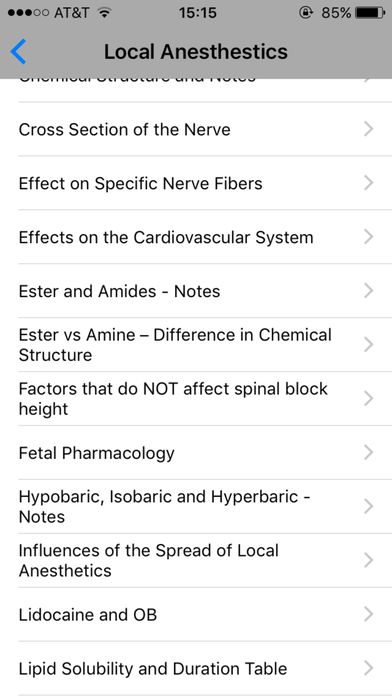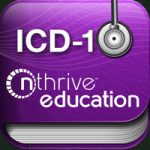17 apps in 1 (Mega App)
This app consists of the book/app “Anesthesia Case Tips” and “16” other Vargo Anesthesia apps combined into 1. So it is now 17 in 1. This app will be updated frequently, free of charge.
The 17 apps included in this massive app are listed below:
1. “Malignant Hyperthermia” – Simplified with the latest literature from the Malignant Hyperthermia Association website.
2. “Calculations”- ABL/EBV, BMI, BSA/CI, MAP, SVR/PVR, Bicarb Deficit and O2 Cylinder Duration. There are no anesthesia drug doses calculated.
3. “Crises” – This simplifies the emergencies you may deal with in the world of anesthesia. Algorithms and review notes from Amniotic Fluid Embolism, cardiac, airway, and other emergencies.
4. “Anesthesia Case Tips” – The “Anesthesia Case Tips” book (kindle) version on Amazon.com was one of the top-selling anesthesia books the year it was published. It consists of 27 chapters with over 500 cases. The simplified search engine permits you to find your case within seconds. There is also a “Notes Section” for you to add personal notes for each case. Cases are frequently being added. Many of the newer cases cannot be found in Jaffe.
5. “Anesthesia Drug Box” – There are no drug calculations in the app, just basic pharmacology information as a review. This app contains over 150 drugs/agents/products that we commonly or only periodically use in the field of anesthesia. Perfect for students and a good review and quick reference for anesthesia veterans.
6. “Anesthesia Drips”- Common information concerning anesthesia drips. There are no drug calculations. This is a user-friendly top-selling anesthesia app that contains a large list of cardiac and anesthesia drips. With one click, the app explains:
*How to mix your drip.
*Popular mixing concentrations.
*Equations used to get the drip rates as a reference
*Pharmacology notes on how the drug works.
7. “Adult Anesthesia” – This app offers you over 350 drugs as a basic review.
8. “CABG for Anesthesia” – Tailored for someone learning to manage hearts in anesthesia. It is simplified but still detailed. It explains:
*CABG cliffs notes you won’t get in class.
*Step-by-step instructions from pre-op to post-op care.
*What to do from the beginning.
*Setting up the room.
*What the surgeon is doing.
*What the surgeon will do next.
*Images.
*When and what drugs to give.
*Common cardiac drips.
*Coming off bypass & how other experienced anesthesia providers come off bypass.
9. “Blood/TEGs” – Notes on blood transfusion and blood products. TEG review notes and simplified for beginners.
10. “Pediatric Case Tips” – Contains how we manage close to 100 surgical procedures from start to finish. It was edited by experienced pediatric CRNAs who sit the cases and how they manage them.
11. “OB Regional Anesthesia” – Contains the same material as many OB books, but simplified and user-friendly. Equivalent to a 500-page book. Simplifies and user-friendly.
12. “LA Max Doses” – One click and you have a quick reference to all the maximum local anesthetic doses.
13. “Local Anesthetics” – A quick detailed reference to all the local anesthetics. Information on:
*Drug description
*Doses & concentrations for the variety of blocks
*Comparative tables
*Pharmacokinetics
*Clinical pharmacology
*Chemical structures
*pKa
*Indications/Contraindications
*Review notes
14. “Anticoagulants & Neuraxial/Deep Regional Block Tables” – Tables of 25 anticoagulants that show:
*Minimal time between the last dose and initiation of a block.
*Whether the anticoagulant can be administered while an epidural catheter is in place.
*Minimal time to restart the anticoagulant after catheter removal.
*When to restart the anticoagulant after the procedure.
*When to remove the catheter after administration.
15. “Platelet Function Assay and Interpretation.”
16. “Pharmacology & Reversal methods of 28 anticoagulants.”
17. “Coagulants & Deficiencies”
















